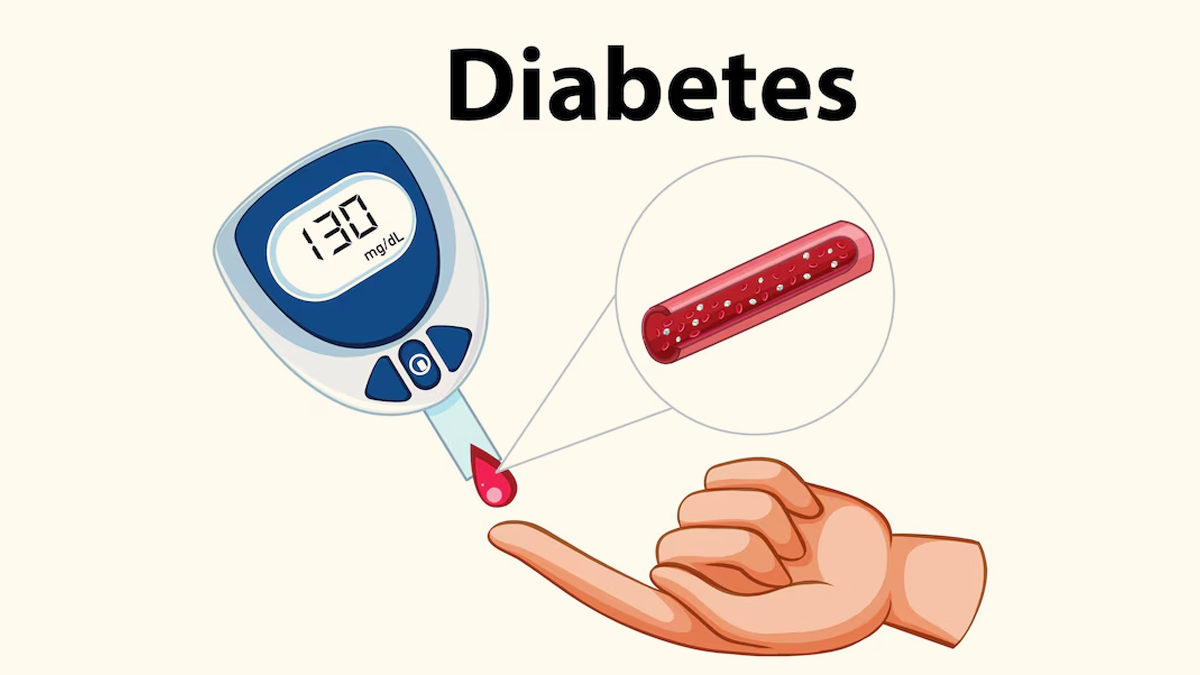
Postmenopausal bleeding (PMB) is any vaginal bleeding or spotting that occurs after a woman has experienced menopause, defined as not having a menstrual period for 12 consecutive months. While it can be a concerning symptom, it’s important to understand that postmenopausal bleeding does not always indicate cancer. However, research suggests that approximately 1 in 10 women who experience postmenopausal bleeding may be diagnosed with endometrial cancer, a cancer that affects the lining of the uterus.
Table of Content:-
To understand more about this, OnlyMyHealth team interacted with Dr Seema Jain, Director of the IVF and Fertility Department at Cloudnine Group of Hospitals in Pune.
Dr Jain explains, “Postmenopausal bleeding is often alarming, but it is not always a sign of something as serious as cancer. However, about 1 in 10 women with postmenopausal bleeding may be diagnosed with endometrial cancer, which makes it essential to not ignore this symptom and consult a doctor promptly."
Understanding Postmenopausal Bleeding

Postmenopausal bleeding can manifest in various ways, from light spotting to heavy bleeding, and even a recurrence of menstrual-like periods. While the causes behind PMB may include hormonal imbalances or benign conditions like uterine polyps and fibroids, it can also signal more serious issues, including cancer. The most common type of cancer associated with PMB is endometrial cancer, which originates in the endometrium, the lining of the uterus.
Dr Jain further elaborated on the importance of early detection and said, “While many cases of postmenopausal bleeding are linked to non-cancerous conditions, it’s crucial to rule out the possibility of endometrial cancer. Early detection of cancer greatly increases the chances of successful treatment, so seeking medical attention without delay is key.”
Also read: Why Two People With The Same Cancer May Need Completely Different Treatments
Risk Factors for Endometrial Cancer

Although the likelihood of postmenopausal bleeding being cancerous is relatively low, certain factors can elevate a woman’s risk of developing endometrial cancer. These include:
Obesity: Excess body fat leads to higher estrogen levels, which may encourage abnormal cell growth in the uterus.
Age: Women over the age of 60 have an increased risk of endometrial cancer, particularly if they experience postmenopausal bleeding.
Hormone Replacement Therapy (HRT): Women taking unopposed estrogen as part of hormone therapy may be at a higher risk due to the stimulating effects of estrogen on the uterine lining.
Family History: A history of endometrial, ovarian, or colorectal cancer in the family may increase the likelihood of developing endometrial cancer, especially if associated with hereditary conditions like Lynch syndrome.
Menstrual Irregularities: Women who experienced early menstruation or later menopause, which means a longer exposure to estrogen, are at greater risk.

Diabetes and Other Medical Conditions: Conditions like high blood pressure, polycystic ovary syndrome (PCOS), and previous breast or ovarian cancers can increase the risk of endometrial cancer.
Dr Jain emphasised on the importance of understanding these risk factors and said, “Awareness of these risk factors is crucial, especially for women who are at a higher risk due to their age, medical history, or hormone therapy use. Regular medical check-ups can help manage and monitor these risks.”
Diagnosing the Cause of Postmenopausal Bleeding
If postmenopausal bleeding occurs, it’s essential to see a healthcare provider for a proper diagnosis. Various diagnostic tests can help determine the cause. Here are some tests recommended by Dr Jain.

- Transvaginal Ultrasound: This test measures the thickness of the endometrial lining, with a thickened lining potentially indicating abnormal cell growth.
- Endometrial Biopsy: A small sample of the uterine lining is taken to check for cancerous or precancerous cells.
- Hysteroscopy: This procedure allows doctors to directly observe the uterus by inserting a thin, flexible tube with a camera.
- Dilation and Curettage (D&C): A surgical procedure used to remove tissue from the uterus for examination if necessary.
Also read: What Is Inflammatory Breast Cancer? Understanding Symptoms, Diagnosis, And Treatment
What Are Your Chances of Cancer?
While PMB can indeed be a sign of cancer, it’s important to remember that most cases are not caused by cancer. Many women experience bleeding due to benign conditions like hormonal imbalances, uterine polyps, fibroids, or vaginal atrophy (thinning of the vaginal walls due to decreased estrogen). Nevertheless, as Dr Jain explained, “It is crucial to remember that while most causes of postmenopausal bleeding are non-cancerous, around 1 in 10 women with this symptom will be diagnosed with endometrial cancer. Early intervention can make all the difference in terms of treatment outcomes.”

When Should You Be Concerned?
You should seek medical attention if the bleeding is:
- Persistent or recurring
- Heavy or accompanied by pain
- Associated with other symptoms such as unexplained weight loss, pelvic pain, or fatigue
Dr Jain advised, “Any unusual bleeding after menopause should not be ignored. Early evaluation and diagnosis can ensure that any underlying conditions are identified and managed promptly, improving your chances of effective treatment.”
While postmenopausal bleeding is not always a sign of cancer, it’s essential for women to be vigilant and consult a healthcare provider if they experience this symptom. By understanding the potential causes and being aware of the associated risks, women can make informed decisions about their health and seek timely medical intervention. Early detection, particularly in the case of endometrial cancer, plays a critical role in ensuring the best possible treatment outcomes.
Also watch this video
How we keep this article up to date:
We work with experts and keep a close eye on the latest in health and wellness. Whenever there is a new research or helpful information, we update our articles with accurate and useful advice.
Current Version